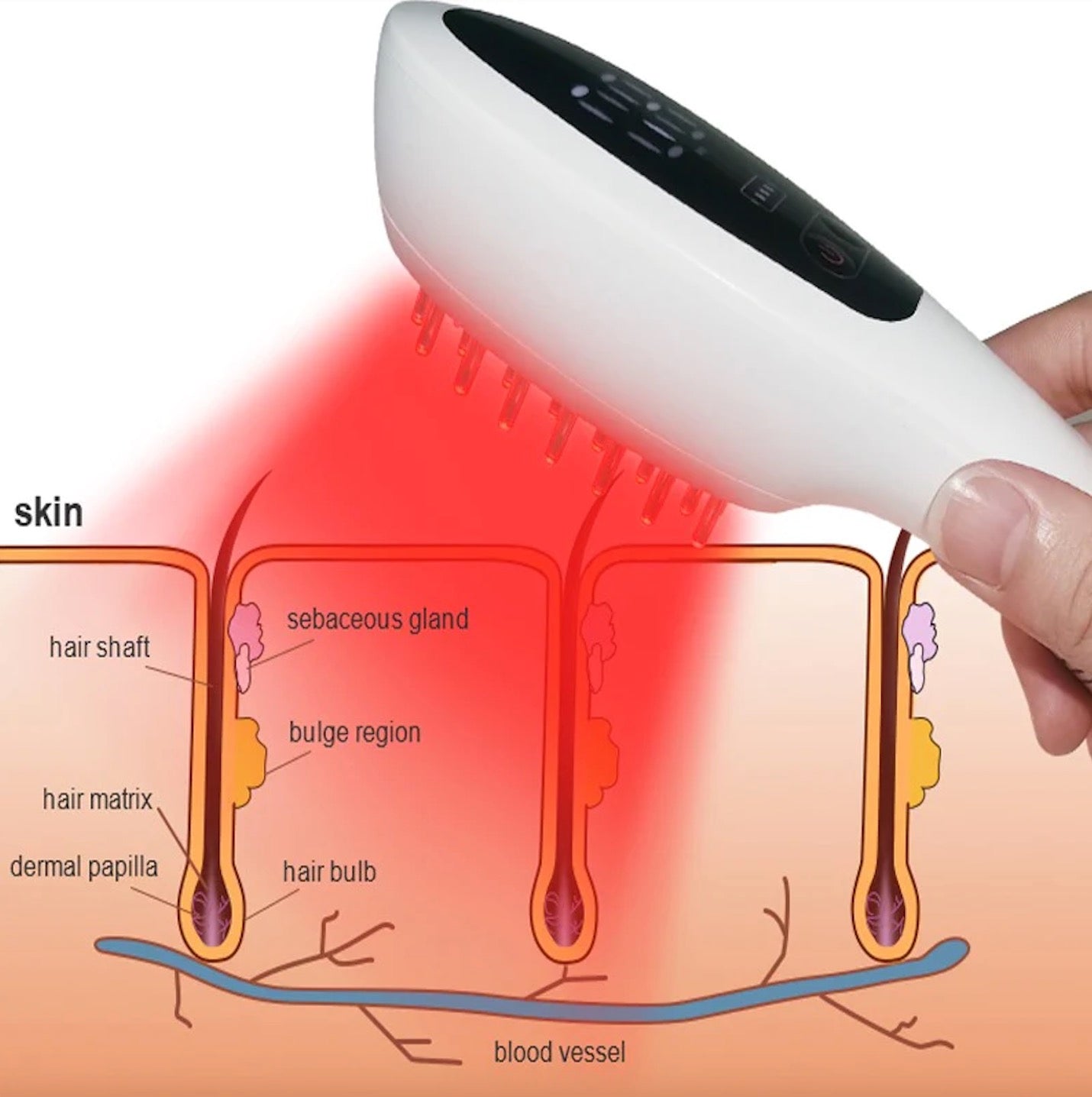Low Level Laser Therapy for Osteoarthritis and Rheumatoid Arthritis: A Metaanalysis
ABSTRACT.Osteoarthritis (OA) and rheumatoid arthritis (RA) affect a large proportion of the population. Low level laser therapy (LLLT) was introduced as an alternative non-invasive treatment for RA and OA about 10 years ago, but its effectiveness is still controversial. We assessed the effectiveness of LLLT in the treatment of RA and OA.
Objective.
Methods.A systematic review was conducted, following an a priori protocol, according to the methods recommended by the Cochrane Collaboration. Trials were identified by a literature search of Medline, Embase, and the Cochrane Controlled Trials Register. Only randomized controlled trials of LLLT for the treatment of patients with a clinical diagnosis of RA or OA were eligible. Thirteen trials were included, with 212 patients randomized to laser and 174 patients to placebo laser, and 68 patients received active laser on one hand and placebo on the opposite hand. Treatment duration ranged from 4 to 10 weeks. Follow-up was reported by only 2 trials for up to 3 months.
Results. In patients with RA, relative to a separate control group, LLLT reduced pain by 70% relative to placebo and reduced morning stiffness by 27.5 min (95% CI –52.0 to –2.9), and increased tip to palm flexibility by 1.3 cm (95% CI –1.7 to –0.8). Other outcomes such as functional assessment, range of motion, and local swelling were not different between groups. There were no significant differences between subgroups based on LLLT dosage, wavelength, site of application, or treatment length. In RA, relative to a control group using the opposite hand, there was no difference between control and treatment hand, but all hands were improved in terms of pain relief and disease activity. For OA, a total of 197 patients were randomized. Pain was assessed by 3 trials. The pooled estimate (random effects) showed no effect on pain (standardized mean difference –0.2, 95% CI –1.0 to +0.6),but there was statistically significant heterogeneity (p > 0.05). Other outcomes of joint tenderness, joint mobility,and strength we not significant.
Conclusion.LLLT should be considered for Pain relief and morning stiffness in RA, particularly since it has few side effects. For OA, the results are conflicting in different studies and may depend on the method of application and other features of the LLLT. Clinicians and researchers should consistently report the characteristics of the LLLT device and the application techniques. New trials on LLLT should make use of standardized, validated outcomes. Despite some positive findings, this metaanalysis lacked data on how effectiveness of LLLT is affected by 4 factors: wavelength, treatment duration of LLLT, dosage, and site of application over nerves instead of joints. There is a need to investigate the effects of these factors on effectiveness of LLLT for RA and OA in randomized controlled clinical trials. (J Rheumatol 2000;27:1961–9)
P.S: 'Low Intensity Laser Therapy on Rheumatoid Arthritis Protocols'.
LUCIE BROSSEAU, VIVIAN WELCH, GEORGE WELLS, PETER TUGWELL, ROBERT de BIE, ARNE GAM,
KATHERINE HARMAN, BEVERLEY SHEA, and MICHELLE MORIN
Key Indexing Terms:
Leaders of International laser organizations met during the third Congress of the World Association for Laser Therapy held in Athens, Greece, to explore ways of advancing research, education and practice world-wide. Photo was taken immediately after the special session in May, 2000
Cold /Low Level Laser (LLLT)
Low Level laser Therapy (LLLT) also known as Cold Laser Therapy/Treatment
The lasers used are certified as low level laser therapy (LLLT). For the past 30 years the technology of low level laser therapy (also known as Cold Laser Therapy has been formally accepted in North America and in many other parts of the world such as Europe, Russia and Japan. In all this time there have been no recorded long-
term adverse effects from low level laser therapy. It is considered to be non-invasive, painless and safe.
Low Level Laser Therapy (LLLT) uses laser light energy to stimulate cells to function optimally. In the body, light sensitive chromophores and other elements within the cell absorb energy, initiating a series of important photochemical changes such as increased production of ATP. The mitochondria and Kreb’s Cycle stimulation initiates the production of ATP, providing the cell with the extra energy needed to accelerate the healing process and positively influence pain. These activities can occur in all types of cells and includes ligament, nerves, cartilage and muscle.
Low Level Laser Therapy (LLLT) is a treatment where by a low level laser is utilized to treat chronic and acute pain. Low level laser therapy may be used for patients suffering from Sciatica, back and neck, hip, knee, ankle, foot pain and conditions a, musculoskeletal pain, joint pain associated with arthritis, fibromyalgia, tendonitis,
bursitis, neuropathy, Achilles tendonitis, migraine headaches, sprains and strains, trapped nerves, carpal tunnel syndrome , back, neck, shoulder pain and other associated pains. Low Level laser therapy also treats conditions such as TMJ, reflex sympathetic dystrophy (RSD) and other inflammatory and scarring conditions. By increasing serotonin levels, low level laser therapy contributes to the body’s own healing process. Non-thermal and non-invasive, low level laser therapy involves a combination of low level laser and electric stimulation and is one of the most effective healing therapies. Completed in ten to twelve sessions, low level laser therapy (LLLT) can significantly reduce treatment time and costs.
Low Laser Therapy(LLLT) has been tested in over 200 clinical trials (RCTs) and published in the world’s top medical journals including a review by The Lancet, a clinical study in the journal PAIN and is acknowledged by the World Health Organisation Bone and Joint Task Force and published in the journal Spine.




